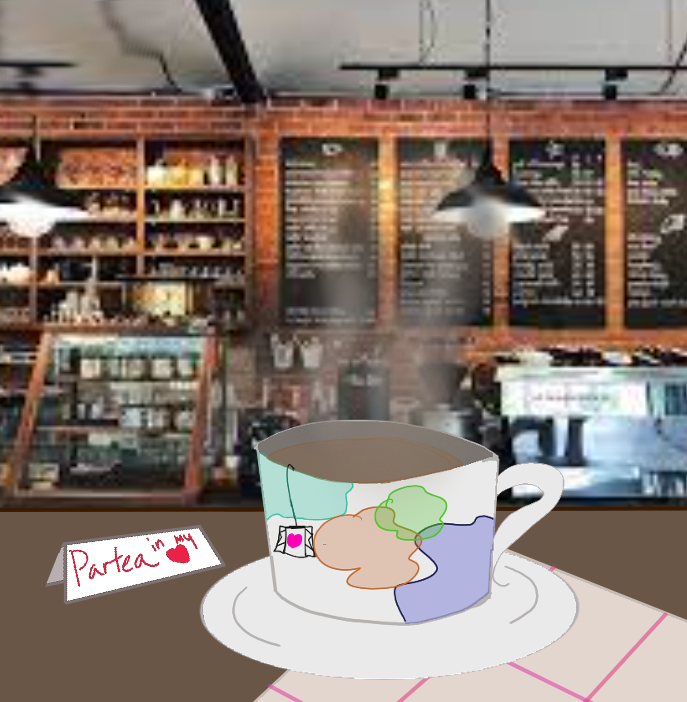Tea is a world which can take you on a pristine adventure from the flavor to the essence itself. It’s not just about the flavor, but the experience as well. Here are five facts about the history of Tea!
1. Tea plants originate from East Asia, and then spread to other parts of the world like Southeast China, Indo-China, and Assam (a state in India).
2. Civilizations in ancient Asia ate tea leaves for millennia before actually consuming it as a drink. The beverage origins actually started in the region Yunnan, in the Shang Dynasty. The tea leaves were used to treat medical ailments. And then, it is reported that in the Chinese Province Sichuan, “people began to boil tea leaves for consumption into a concentrated liquid without the addition of other leaves or herbs, thereby using tea as a bitter yet stimulating drink, rather than as a medicinal concoction[1],”
3. Tea filtering became more developed over the years during the Tang Dynasty, first being steamed and then pummeled into “a cake-like form [2]”, while in the Song dynasty, loose-leaf tea became the new trend.
4. One of the first European mentions of tea was called chiai, written by Venetian Giambattista Ramusio in 1545. Meanwhile, the first actual shipment of tea leaves was in 1607, shipped by the Dutch East India Company who hauled a shipment of Tea Leaves from Macau, a special administrative region located in China, to Java, an island in Indonesia.
5. Physically, Tea is believed to be both a solution and a suspension. It is considered a solution because it is a solution of all the water-dispersible compounds that have been extracted from the tea leaves already, as an example of this is the amino acids that have been extracted, while also being a suspension for the reason of when all the insoluble components of the extraction are considered, for the example of this is the cellulose in the tea leaves. The infusions of tea are the most consumed beverage not just in the United States, but globally[3].
Today, tea comes in all different forms and confections, such as the widely enjoyed Bubble Tea, a mixture of milk tea and many others. Tea can be used for ritual purposes, culture, and symbolism of strength and hospitality.
The world of tea is so diverse yet not always given the attention it deserves!
—————————-
Main Sources:
https://en.wikipedia.org/wiki/Tea#CITEREFMairHoh2009
https://en.wikipedia.org/wiki/Macau
https://en.wikipedia.org/wiki/Assam
https://en.wikipedia.org/wiki/Matcha
[1] Mair, Victor H.; Hoh, Erling. The True History of Tea. Thames & Hudson: 2009.
[2] Heiss, Mary Lou; Heiss, Robert J. The Story of Tea: A Cultural History and Drinking Guide. Ten Speed Press: 2007.
[3] Yang, Ziyin; Baldermann, Susanne; Watanabe, Naoharu. “Recent studies of the volatile compounds in tea”. Food Research International. Tea – from bushes to mugs: composition, stability and health aspects. 53 (2): 585–599. 1 October 2013.
[4] https://www.foodandwine.com/recipes/matcha-latte
Background: https://images.app.goo.gl/YgmjFEFVXKmoPsbH6



Ailey Nelson • Jan 29, 2024 at 7:26 am
What an amazing article! I really enjoyed your drawing, it wat really preTEA! 😉 Keep up the amazing work!